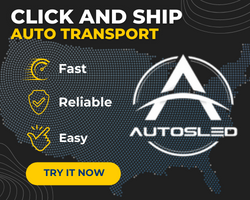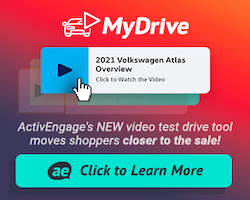Consumers are shopping from their mobile devices more than ever before, but are they expecting to find the same amount of content and information. Yes, they are!
Although the percentage of keyword searches and site visits coming from mobile devices has skyrocketed, the content requirements of consumers and search engines have not changed. Both want the same content available from any device.
Some shoppers may prefer desktop over a mobile device for consuming some types of content. That does not mean content should be stripped away based on device. The nature of the internet allows shoppers to share content by sending links (e.g. a shopper on a desktop device sending a link to a VDP to her partner on a mobile phone) and by physically showing someone else the content on their device (e.g. a shopper showing his partner the VDP on a tablet in the living room or a coffee shop). Therefore, there must be content parity across device platforms. Site content must be for a single web, not a mobile web or a desktop web. As they relate to vehicle shopping, neither web experience should exists in isolation of the other.
Search engines see it the same way…
SEO advantages are accumulated for those sites providing a great deal of relevant content on any device. That content which contributes mightily toward an SEO objective, be it the head term or a long-tail term, contributes both for mobile SEO as well as traditional. Unique content remains a driving force when striving to index higher for specific searches. Long tail searches are easier to earn since indexing pressure is usually small and just from 3rd party lead generating sites, but content continues to be the easiest way to also index 2nd or 3rd position for a head search.[3] While you can’t take the first spot for someone else’s business name search, 2nd or 3rd is still not a bad place to be.
It deserves mentioning that content doesn’t have to have an SEO purpose, GOOD content itself is SEO. The difference between content written purely for SEO and content written for information purposes (product, services, specs, etc.) is how engaging it will be to the end user. I’m not advocating for any particular content form, but for how many devices can handle our content and therefore what is the possible customer reach. For example, for a Dodge dealer outside the Seattle metro area receiving 49% mobile traffic as of July 2015, if their content is not accessible via mobile devices, their reach for that content and the resulting SEO contribution is only 51% of their customers.
The UI for publishing your content is critical. Those creating your content should be able to do so for both desktop and mobile consumption simultaneously with no additional effort. Regardless of whether the content is being generated by in-house staff or an outside vendor, the need to have a UI supportive of fast and easy publishing to be found and consumed across all devices is paramount. Unfortunately the majority of adaptive platforms lack this essential feature.
Content should be accessible from the main menu bar, not just sub-menus, and that goes for both devices. The mega menu concept provides superior navigation and superior SEO from all devices by making far more content accessible from the main menu bar.
For years, I’ve recommended that dealers provide more product content on their dealer website. Shoppers should not need to navigate back to the OEM or 3rd party site for more product knowledge. Whether you create this content or not, the argument of whether or not your dealer website should be able to offer all the information your client expects is over.[4] The argument for 4Q 2015 and development for 2016 will be content parity.
Can 100% of your customers find and use all the informational content you created across all devices?









